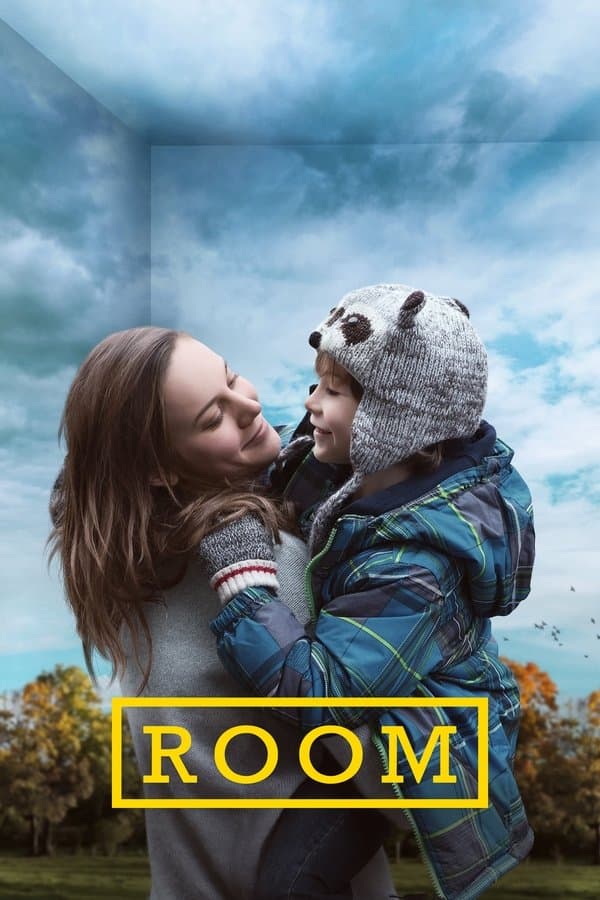
Room
2015 • Drama, Thriller • R
Held captive for 7 years in an enclosed space, a woman and her young son finally gain their freedom, allowing the boy to experience the outside world for the first time.
Runtime: 1h 58m
Why you should read the novel
If you truly want to delve into the heart of Jack and Ma’s unique world, the original novel by Emma Donoghue offers a richer, deeper experience than any adaptation. The book is narrated entirely from five-year-old Jack’s perspective, allowing readers to inhabit his thoughts, language, and perceptions in a way the film can only hint at. This narrative voice adds layers of innocence, confusion, and discovery that are simply unparalleled in the visual medium.
Exploring the book allows you to witness the gradual unraveling of Room’s mysteries through Jack’s eyes, giving every detail—from the routine of their days to the meaning of escape—a heightened sense of wonder and terror. Emma Donoghue’s careful prose captures both the nightmare and the magic of the bond between mother and son, making the story’s emotional highs and lows all the more powerful.
Reading Room provides insight into psychological and emotional landscapes that a film must often condense or externalize. If you want to understand Jack and Ma’s inner lives, their fears and hopes, their small victories and quiet despairs, the novel is a compelling, immersive journey not to be missed.
Adaptation differences
One of the main differences between the book and the movie adaptation is the narrative point of view. While the film shows events largely from an external perspective, the novel is entirely written from Jack's first-person point of view, often using his childlike understanding and unique use of language. This gives the book a much more intimate and confined feel, allowing readers to experience Room directly through Jack’s limited but imaginative perceptions.
Another significant divergence lies in how secondary characters are developed. The movie, due to time constraints, gives relatively brief attention to characters outside of Jack and Ma, such as Grandma, Steppa, and Old Nick. In contrast, the novel devotes more space to exploring their personalities, motivations, and their complex reactions to the trauma Jack and Ma have endured, adding nuance to the story’s relationships and recovery process.
The pacing and structure also differ notably. The film condenses many details and omits certain sequences for dramatic effect, especially in the second half, which focuses more heavily on immediate recovery and less on the drawn-out adaptation to the outside world. The book takes a more gradual, in-depth approach, tracing their psychological journeys over an extended period, including therapy, media intrusion, and challenges reintegrating into society.
Finally, the movie adapts or omits several key scenes and internal monologues that are central to Jack's growth and Ma’s emotional state in the book. These inner thoughts and day-to-day moments are essential for understanding how deeply they are affected by their confinement and later freedom. By focusing more outwardly, the film sacrifices some psychological depth, leaving readers of the novel with a richer, more multi-layered appreciation for their survival and transformation.
Room inspired from
Room
by Emma Donoghue


